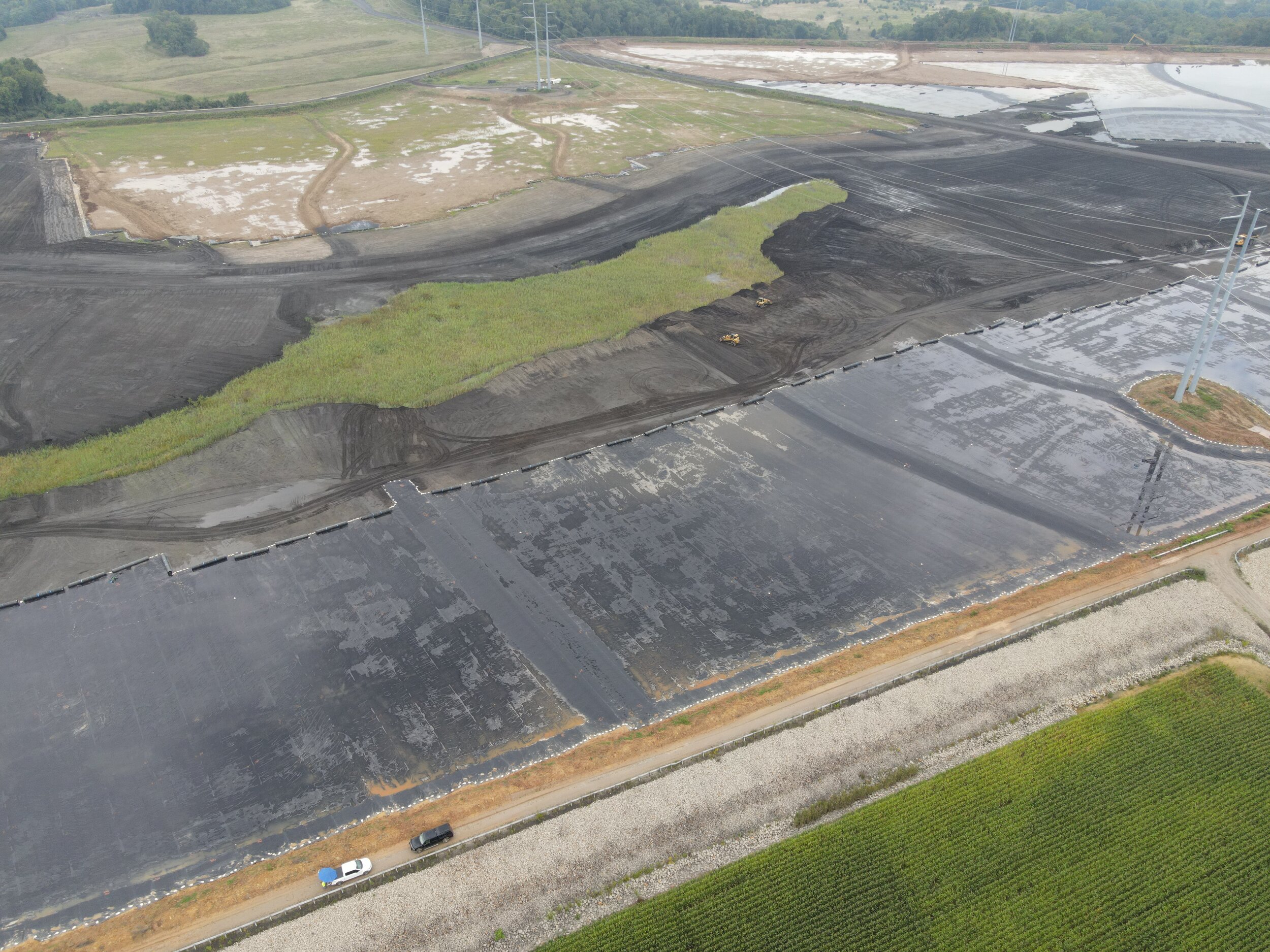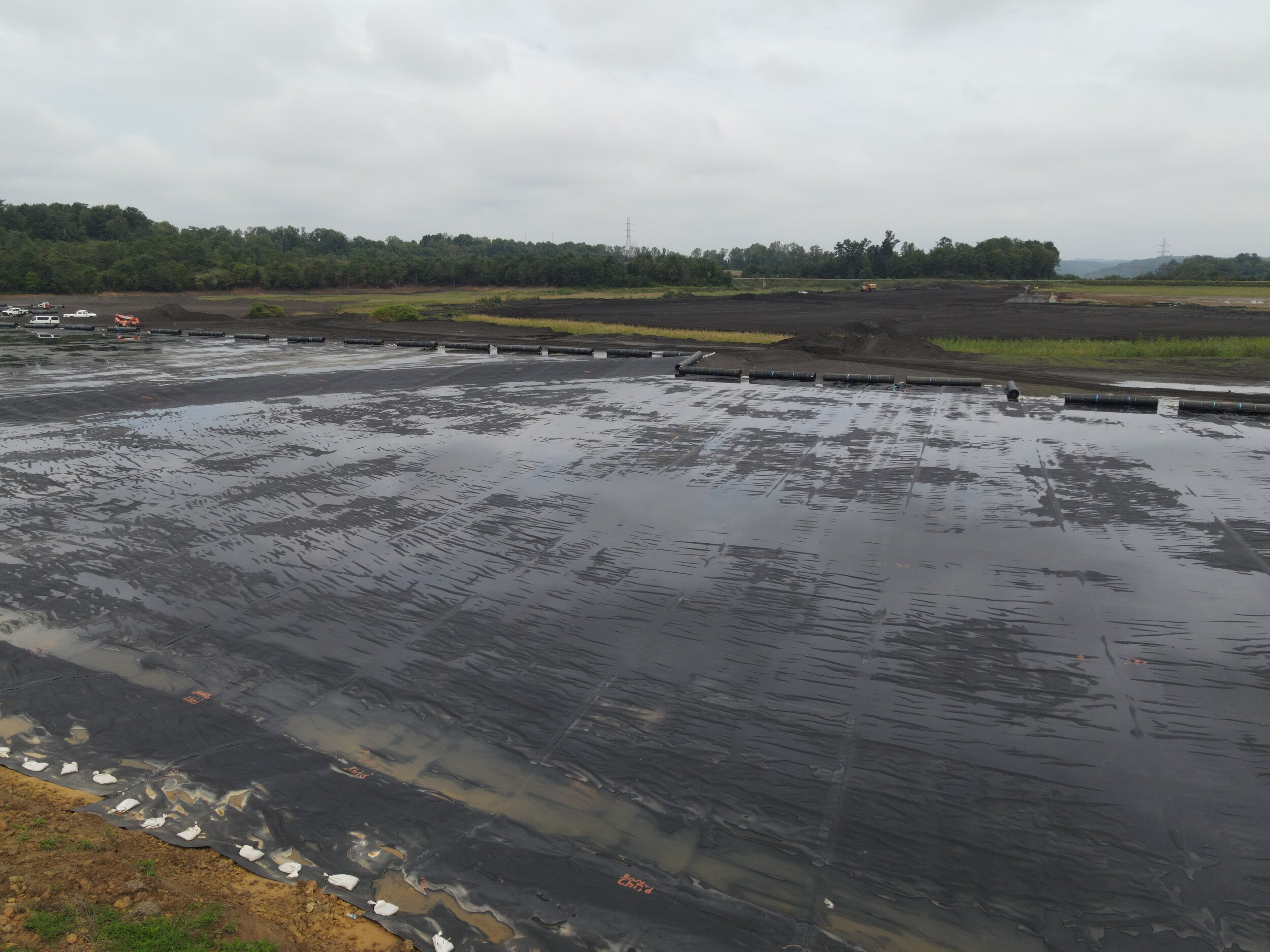SUSTAINABLE SOLUTIONS
Everything that we do at CLP is centered around innovative sustainable solutions. From beneficially reusing coal ash byproducts, to our patented Sustainable Habitat® technology, CLP leads the industry in solving the problems of the future. Our sustainability programs help conserve natural resources, lower green house gas emmissions, reduce landfill disposal, protect groundwater and remediate land for redevelopment. With our dedicated R&D team and adherence to integrity, CLP offers unmatched technology capabilities that give our clients the most accurate services customized to their needs that create shared value and safer lives for all.









